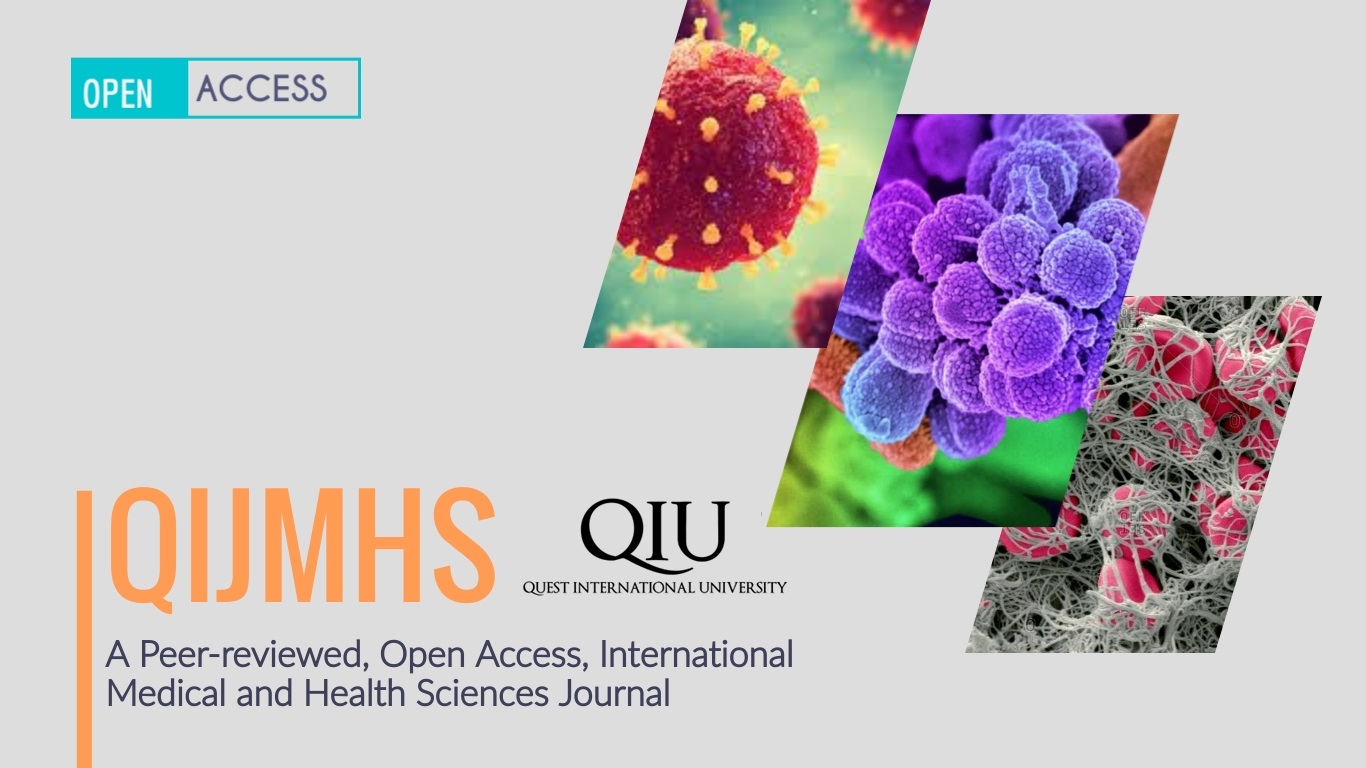A review on smoke haze in Southeast Asia: Deadly impact on health and economy
Abstract
Haze is a phenomenon of the lower atmosphere where dust, smoke and other dry particulate matter (PM) decreases visibility. Particles with different bioaerosol and chemical compositions form haze. Gases, volatile organic compounds, metals, acids, sulphates are key constituents for the formation of haze. The seasonal haze that afflicts large parts of Southeast Asia is mainly observed during the dry periods. The transboundary smoke haze has drawn international attention as it has become a major concern due to its deadly impact on human health and economy. According to the Global Burden of Disease Study 2015, approximately 4.2 million deaths were associated with fine particle air pollution (PM2.5) and 59% of those are from South Asia. Physiological complications of haze include dry mouth, eye and nose discomfort, headache, shortness of breath, cough, sore throat, rhinitis, sudden worsening of chronic obstructive airway disease (COPD) symptoms, acute childhood asthma, decreased pulmonary function among children and skin irritation. Haze has a major impact on the economy due to the increasing number of hospitalizations, loss of biodiversity and disruption of transportation which has caused a marked decline in the number of tourists. Farmers should also be encouraged to practice sustainable agriculture methods other than the slash and burn method.
Copyright (c) 2019 Authors

This work is licensed under a Creative Commons Attribution 4.0 International License.





